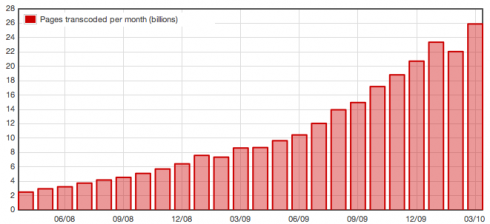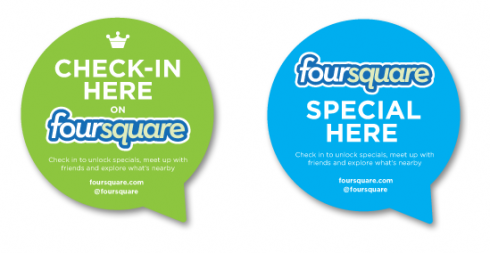Six months after unveiling Google Wave in by-invitation-only beta, Google has finally put this service into Google Labs. This means that you don’t need to search or wait for invites anymore. You can just visit wave.google.com and start using this collaboration and communication tool.
According to Google, the latest version of Google Wave in Labs is faster, more stable and much more easier to use. Google has done many improvements to the service for the past six months. These include – email notifications when a wave has changed, easy navigation to unread parts of a wave, and a facility for removing participants which you’ve added by mistake. Â In addition, Google has also added permission management options and an extensions gallery to Google Wave.
For Google Apps administrator, Google has also activated Wave. So, you can now easily enable it for all your users.
For developers, Google has also launched several improvements to the Wave APIs and has open-sourced additional components for building customized Wave services.
And in case you have no idea how to use Google Wave for your own collaboration and communication work, here are examples that you might want to emulate:
Business: Co-workers at companies large and small are using Wave, from writing software code at Lyn and Line and coordinating ad campaigns at Clear Channel Radio, to international project communications for Deloitte’s As One project.
Education: University students and professors worldwide have used waves within and beyond the classroom to collaborate on Latin poetry translations, write academic research papers and even build new functionality with Wave’s APIs. An ICT teacher also enjoyed having her 5th-graders do their class research in Wave.
Creative collaboration: From virtual art classes to writing the Complete Guide to Google Wave itself, waves make it easier for groups to review and critique multimedia content like images and videos. (We’ve heard that Wave is fun for gaming, too.)
Organizations and conferences: The Debatewise Global Youth panel explored climate change across 100 countries and waves at eComm (Emerging Communication Conference),LCA 2010 conference and HASTAC 2010 helped track speaking sessions. We are using waves in the same manner at today’s Google I/O conference.
Journalism: Mashable used Wave to interview journalists on the future of journalism, and The Seattle Times experimented with a public Wave to develop their Pulitzer Prize-winning news coverage.
Originally posted on May 19, 2010 @ 4:34 pm

